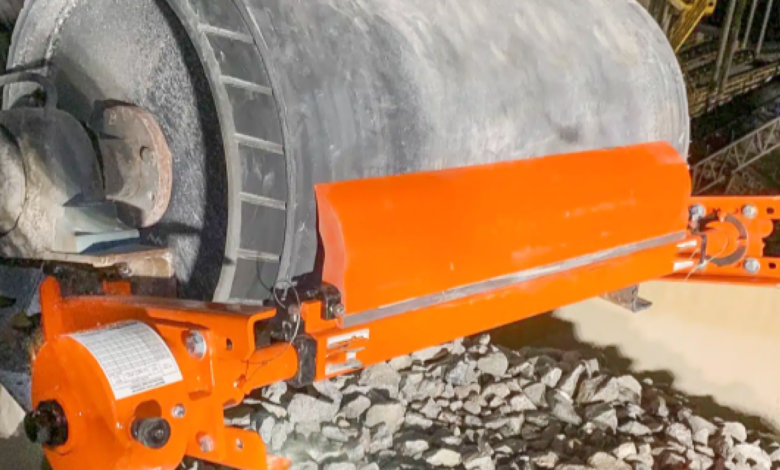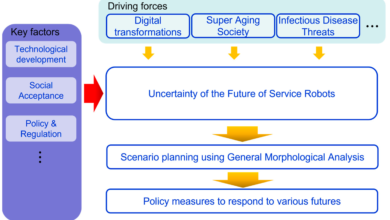What Really Happens If You Skip Cleaning Your Conveyor Belt?

Ever walked past a machine that’s super loud and covered in dust, grime, and bits of material? That’s probably a conveyor belt system that hasn’t been cleaned properly. These machines might look tough—and they are—but they also need care. Ignoring belt cleaning isn’t just gross. It can wreck parts, mess with production, and cause serious safety problems.
Let’s talk about what really goes on when you skip cleaning a conveyor belt, and why it matters way more than people think.
Dirt Doesn’t Just Sit There—It Builds Up
When a conveyor belt moves materials, it doesn’t just carry the good stuff. Fine dust, wet clumps, sticky bits, and leftover scraps get stuck to the belt over time. If you don’t clean it, this junk piles up.
At first, it might not look like a big deal. But pretty soon, the buildup starts sticking to rollers and tracking areas. That leads to belts pulling to one side or getting off track completely. And once that happens, the system can’t run right. Things start slowing down. Sometimes, the whole line stops.
That’s not just annoying—it’s expensive. Companies lose money every minute the system isn’t moving.
See also: Precision Preservation: Mastering Quality and Safety with a High-Tech Food Dryer Machine
Cleaning the Right Way Actually Matters
It’s not just about wiping down the belt or hosing it off once in a while. Conveyor systems are built for heavy-duty work. They need something that works with the system, not against it.
That’s where using the right tools comes in. A primary belt cleaner sits right at the point where material leaves the belt. It scrapes off the tough, stuck-on bits before they go around the pulley. That’s the first and most important spot for cleaning. It stops gunk before it starts causing bigger problems downstream. Installing one can save a ton of time, effort, and repair costs later on.
Dirty Belts Destroy Other Parts
When belts stay dirty, they don’t just get messy. They cause damage to other equipment.
Here’s what starts happening:
- Rollers get jammed with packed-on material.
- Motors have to work harder to keep things moving.
- Bearings wear out faster.
- Belt edges start fraying from rubbing on built-up material.
- Dust gets into sensitive controls or electronics.
All of these issues mean more breakdowns and more time spent fixing things. Even worse, the belt itself can wear down unevenly. Then it needs to be replaced early, which isn’t cheap.
Skipping cleaning might save a few minutes now, but it creates huge maintenance headaches later.
Slippery Surfaces and Flying Debris = Big Safety Hazards
Dirty conveyor belts aren’t just a problem for the machine. They’re a real danger for the people working around them.
If material falls off because of buildup, it can land on walkways and create tripping hazards. Fine dust can become slippery. Sharp pieces can fly out or fall suddenly. Workers can get hurt without warning. And if someone has to climb up and clean the mess by hand, that creates more risk.
Safety rules exist for a reason, and dirty equipment is a fast way to break them. Keeping things clean helps protect everyone.
Downtime Isn’t Just an Inconvenience—It’s a Chain Reaction
In places like mines, factories, or quarries, conveyors aren’t just one part of the process—they’re the backbone. If a belt system stops, so does everything else.
Skipping belt cleaning can slow things down at first. But eventually, it can cause a full shutdown. And when that happens, it affects:
- Teams working on the next step in production
- Delivery deadlines
- Customer orders
- Equipment schedules
- Costs from lost time
One small mistake at the belt can lead to a big ripple effect. That’s why smart operators pay attention before problems grow.
It’s Not Just About Today—It’s About Long-Term Wear
Conveyor belts don’t last forever. But they can last a lot longer with the right care.
Cleaning is a big part of that. A clean belt has less friction. It doesn’t fight against rollers or pulleys. That means less heat, less energy used, and less wear. Everything runs smoother.
If the goal is to avoid replacing the belt every year (or sooner), cleaning is key. It’s cheaper, faster, and easier than dealing with major part replacements.
Clean Belts Mean Better Quality Output
When materials move cleanly and evenly, production stays consistent. That means fewer rejected products, fewer returns, and better results.
On the flip side, if leftover material mixes with the next batch, it can ruin the quality. This is a huge deal in industries like mining, recycling, or food processing, where different materials can’t be mixed.
Keeping the belt clean isn’t just about the machine. It helps the whole process run better and keeps customers happy with what they get.
Don’t Wait for a Problem to Start Cleaning
One of the worst things people do is wait for something to go wrong before fixing it. Belt cleaning isn’t something to treat like an emergency. It should be part of the regular plan.
That means installing the right cleaners, checking them often, and replacing them when needed. It’s way easier to handle a quick check than deal with a full repair job or emergency breakdown.
Some teams even track buildup over time to see when cleaning tools need adjusting. That kind of planning pays off fast.
The Real Takeaway
Conveyor belts are tough, but they’re not invincible. Skipping cleaning may seem harmless, but it leads to:
- Damage to parts
- System breakdowns
- Safety problems
- Lost time and money
- Poor product quality
All of it adds up. The smartest move is to take cleaning seriously from the start. Installing something as simple as a primary belt cleaner makes a huge difference.
It keeps the belt moving. It keeps workers safe. And it keeps the whole system working the way it should. No one wants to deal with a mess that could have been prevented in the first place.
So next time you hear that loud, grinding noise or see dust flying off a belt—remember—it’s probably time for a clean.





